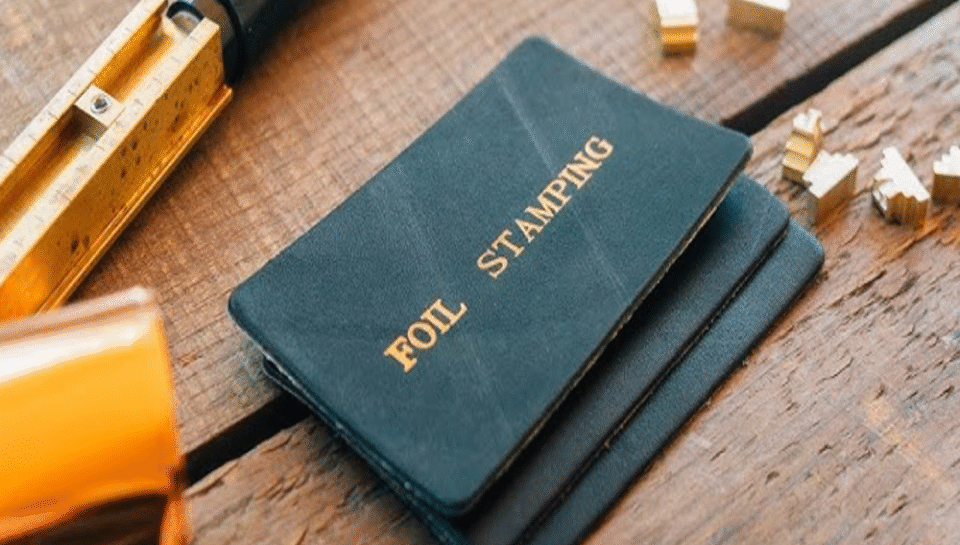
What is the role of embossing or foil stamping in premium designs?
Enhancing Visual and Tactile Appeal
- Embossing creates a raised effect that adds dimension to the design.
- Foil stamping introduces a metallic finish for visual contrast.
- These techniques make the letterhead more noticeable and distinctive.
- The textured feel contributes to a refined and professional impression.
- Premium finishes elevate brand perception through sensory engagement.
Highlighting Key Brand Elements
- Company logos are often embossed to reinforce brand identity.
- Taglines or initials are selectively foiled for emphasis.
- These effects draw attention to strategic areas of the letterhead.
- Subtle use ensures brand dominance without clutter.
- Enhancements are used sparingly to preserve elegance.
Communicating Brand Quality and Prestige
- Premium print effects signal credibility and high standards.
- They are associated with luxury, exclusivity, and attention to detail.
- Embossing and foiling differentiate the brand in competitive sectors.
- Often used by firms dealing in finance, legal, hospitality, or consultancy.
- Consistent use builds a reputation for premium presentation.
Supporting Security and Authenticity
- Embossed or foiled elements are difficult to replicate precisely.
- These features can serve as informal indicators of authenticity.
- Helps deter counterfeit reproductions of official documents.
- Unique patterns or custom dies reinforce document integrity.
- Combines aesthetics with basic anti-fraud value.
Integration into Print and Layout Process
- Design files include separate layers for embossing or foil paths.
- Paper selection must be compatible with pressure and heat application.
- Layouts are adjusted to avoid overlapping embossed or foiled areas.
- Coordination with print vendors is required for alignment accuracy.
- Final output is reviewed to ensure consistency and finish quality.





